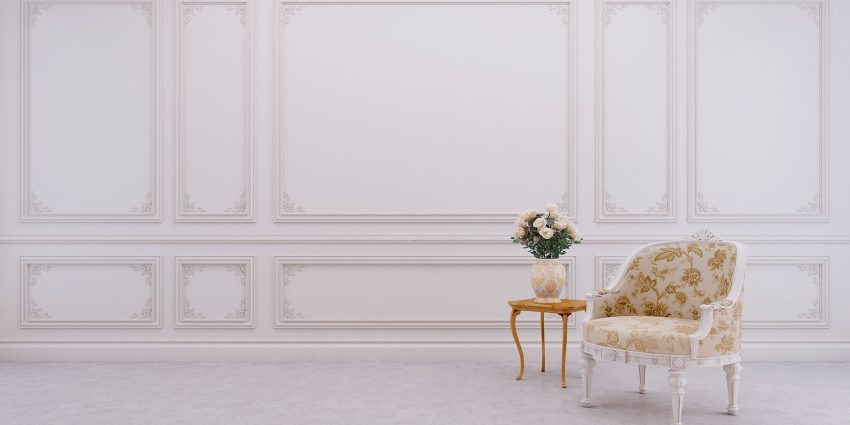Vintage furniture isn’t just about structure—it’s about the upholstery that defines its look, feel, and longevity. Unlike modern pieces, which are often mass-produced with synthetic materials, vintage upholstery was crafted with care, using techniques that ensured durability and elegance.
Handcrafted Upholstery Techniques
Before the rise of mass production, upholstery was a meticulous craft. Every layer, seam, and tuft was carefully placed to ensure not only comfort but also longevity.
Some hallmarks of vintage craftsmanship include:
- Hand-tied springs for superior support and resilience
- Deep button tufting for added structure and refined aesthetics
- Hand-driven tacks and nails instead of modern staples
- Custom-fitted fabric carefully secured for a seamless look
These techniques ensured that vintage upholstered pieces could withstand daily use while maintaining their shape and beauty for decades.
High-Quality Natural Materials
Unlike today’s foam-heavy furniture, vintage upholstery relied on long-lasting natural materials. Cushioning was often made of horsehair, wool, or cotton batting, providing durability and a firm yet comfortable feel. Fabrics like velvet, damask, and brocade were commonly used, known for their ability to withstand wear while offering a luxurious appearance.
The use of natural materials also contributed to better breathability and aging, allowing the furniture to develop a rich, lived-in character that synthetic alternatives rarely achieve.
Decorative Details and Unique Styles
Vintage upholstery wasn’t just functional—it was designed to be visually striking. The attention to detail in older furniture set it apart from many modern minimalist designs.
- Nailhead trim outlining armrests and seat edges
- Deep button tufting creating textured elegance
- Embroidered patterns and jacquard fabrics adding sophistication
- Rich color palettes with floral, geometric, or ornate patterns
- Piping and fringe to highlight craftsmanship and shape
These decorative elements made vintage furniture statement pieces, turning everyday items into works of art.
Conclusion
To maintain the integrity of vintage upholstery, careful cleaning and restoration are essential. Using gentle fabric cleaners, reinforcing worn seams, and replacing padding with era-appropriate materials can help retain both comfort and authenticity. When reupholstering, choosing quality tools and fabrics that align with the original design ensures the piece keeps its vintage charm.
A well-preserved vintage upholstered piece isn’t just furniture—it’s a connection to history, craftsmanship, and timeless design.

